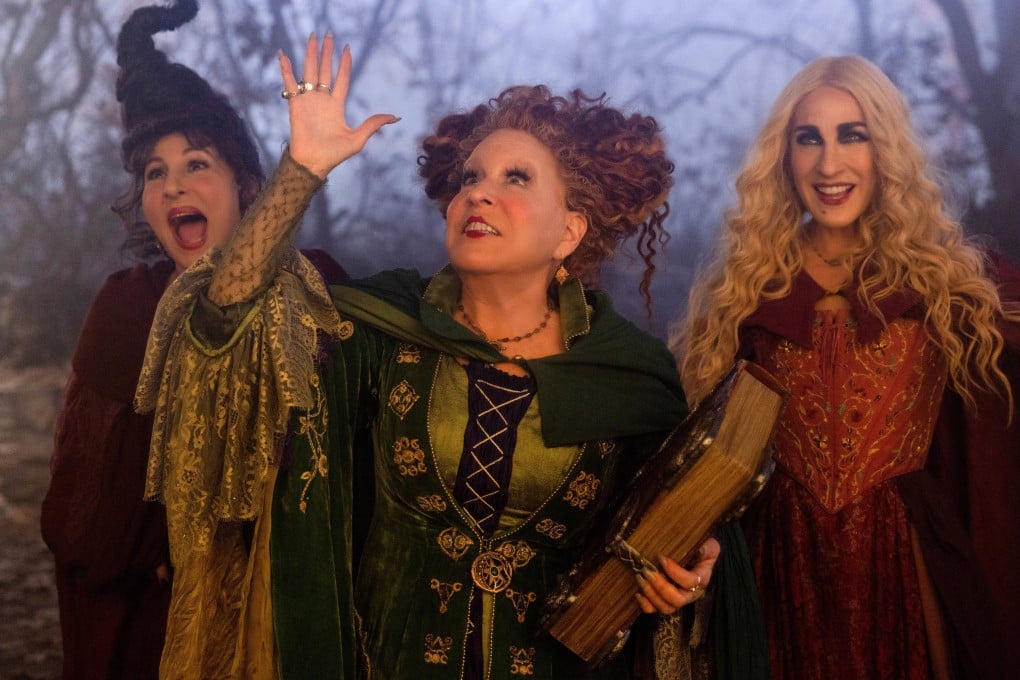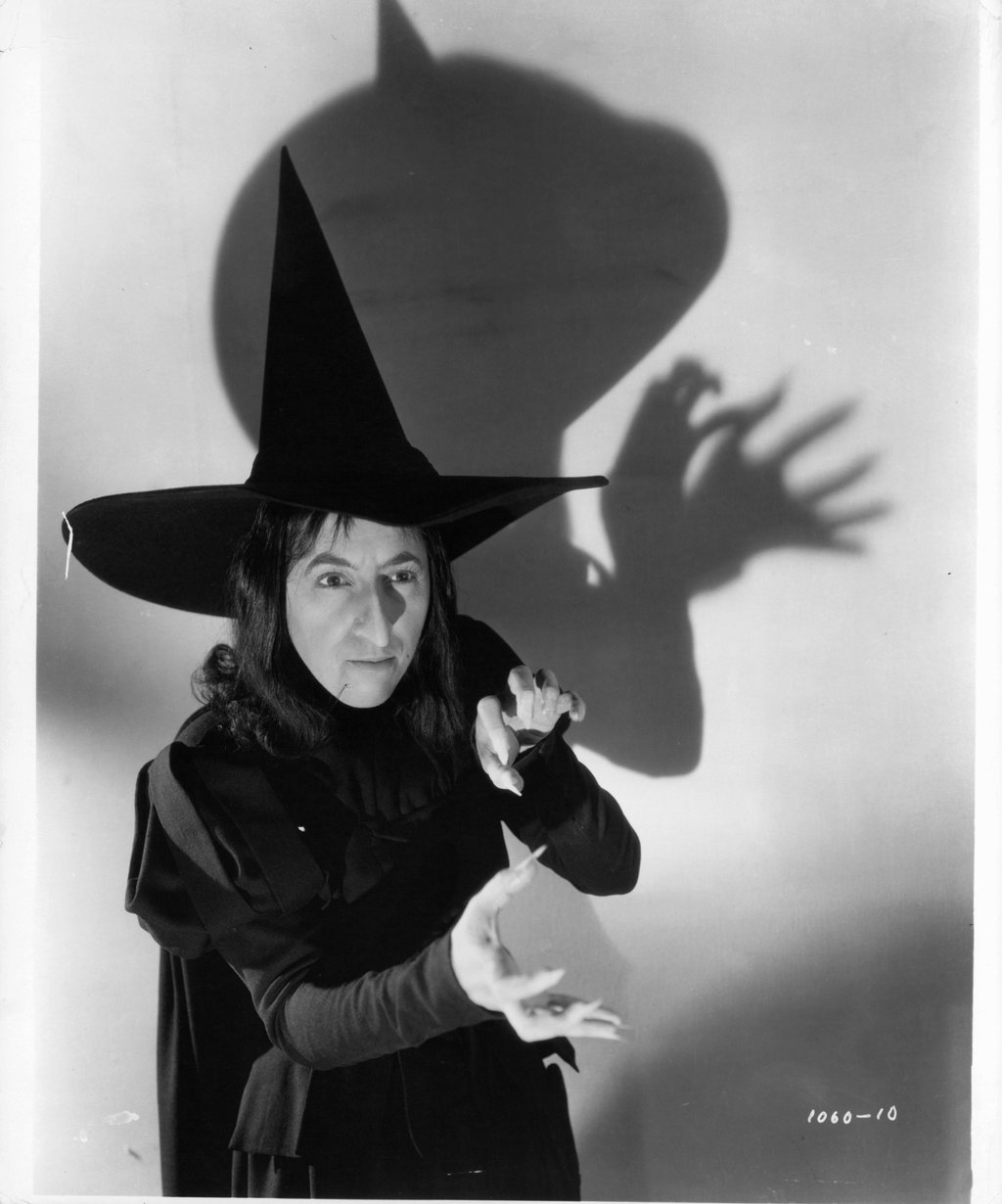Explainer | Are witches real? Yes, but not in a Wizard of Oz, Hocus Pocus sort of way – historians and modern practitioners explain
- As Halloween draws close, we take a look at the history of witches and of witchcraft, from what it is to why it was considered a crime by the Catholic Church
- Historians trace its association with the devil to the 10th century, when the notion of witches riding broomsticks arose; today, there are witches everywhere

Broomsticks, cauldrons and pointy hats are often the objects that come to mind when someone says the word “witch”, especially around Halloween.
What is witchcraft?
“We can define witchcraft as a series of beliefs that were put together by intellectual means,” says Fabrizio Conti, a historian and lecturer at John Cabot University in Rome, Italy.

Witchcraft dates back to the 10th century and grew in prominence around the 15th century, Conti says. Some scholars believe all witchcraft shares the same elements and beliefs, no matter where in the world it was practised.
Others take an approach similar to historian Richard Kieckhefer, who defines witchcraft as being individual, cultural and regional. He says some witch mythologies can be found in some places and not in others.
“In northern Italy, for instance, you have – according to Kieckhefer – different mythologies of witchcraft: the Umbrian type of witchcraft, central Italian type of witchcraft, the French [type of witchcraft] and so forth,” says Conti.